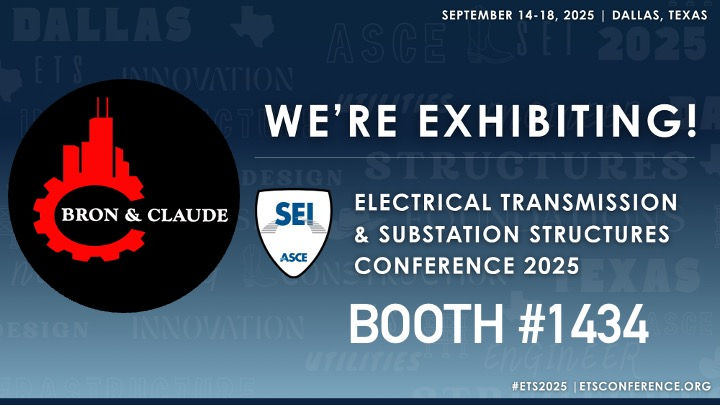The Unseen Engineering Powering Solar & BESS Foundations
- vpinero7
- Oct 23
- 2 min read
When you walk onto a solar or battery energy storage (BESS) site, it’s easy to focus on the high-tech infrastructure above ground rows of PV panels, racking systems, or modular battery enclosures. But what truly determines performance, and reliability lies beneath the surface.
At Bron & Claude, we know that real project success is built from the ground up. That’s why our foundation engineering is focused not just on supporting weight, but on driving schedule certainty, cost control, and structural confidence.
What Happens Below Ground Shapes Everything Above It
BESS foundations are uniquely affected by geotechnical realities. Variable soil profiles, uplift pressures frost and swell potential, and thermal cycling all play a role in how the foundation performs.
Ignoring these subsurface dynamics often leads to pile misalignment, maintenance challenges, or early-stage failures. That’s why early geotechnical engagement isn’t just good practice it’s essential.
From day one, we work directly with developers, EPCs, and geotechnical engineers to review borings, interpret loading, and aligned constructability. Our goal: informed design, not assumptions.
Why Helical Piles Are the Foundation of Choice
Helical piles have become the go-to foundation system for solar and BESS projects and for good reason. They offer a rare blend of speed, precision, and adaptability, making them especially well-suited to the realities of renewable energy deployment.
Ideal for Variable Soils
Helical piles thrive in conditions where soils are soft or very hard, layered, or otherwise unpredictable delivering consistent performance without the need for massive excavation or concrete curing.
Minimal Vibration, Maximum Speed
Their installation is low-noise and low-impact, often performed with compact equipment that can navigate between racks or inside tight utility corridors. Plus, their immediate load-bearing capacity helps streamline project timelines.
Superior Uplift and Corrosion Strategies
Helical piles are engineered to resist significant uplift forces a common requirement for PV and BESS structures. By incorporating sacrificial steel allowances that align with realistic corrosion rates and the project’s design life, Bron & Claude delivers value-engineered solutions that optimize performance and cost. This approach provides long-term durability and measurable project savings by avoiding unnecessary coatings or overdesign, ensuring reliability without excess material expense.
At Bron & Claude, our designs are based on real soil data and field-tested performance metrics. Every helical pile we specify is tailored to the exacting needs of your site and structure.
Speed and Certainty Start with Smart Design
In renewable energy, time is currency. Missed milestones on the foundation side can cascade into racking delays, module bottlenecks, or missed Commercial Operation Dates (CODs).
Our team at Bron & Claude accelerates projects by delivering optimized, installation-ready designs. We analyze everything from torque-to-capacity relationships to field constructability ensuring the piles we design are the piles you can install. No surprises. No costly rework.
It’s how we keep projects on schedule, on budget, and on solid ground.
Let’s Build What Lasts
If your next solar or BESS project involves deep foundations, partner with a team that sees the full picture, not just the surface.
At Bron & Claude, we combine technical precision, field-proven experience, and a relentless focus on execution. Whether it’s a 300 MW solar array or a fleet of BESS containers, we engineer solutions that support more than structures we support success.





Comments